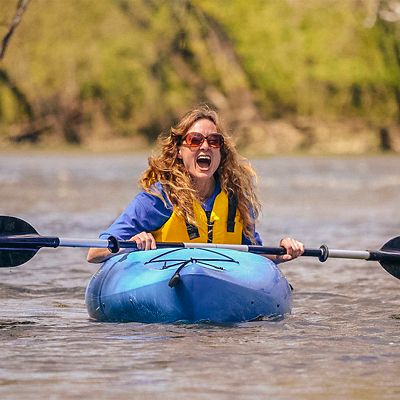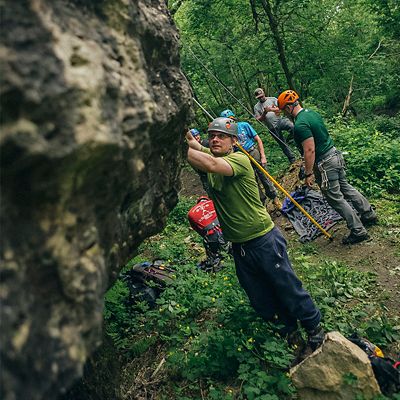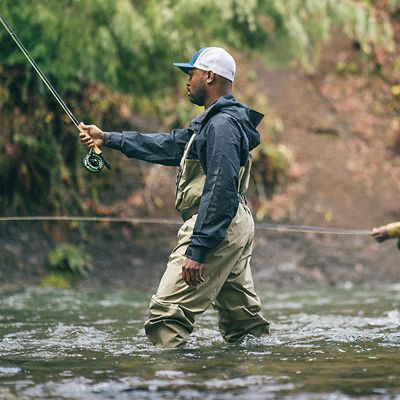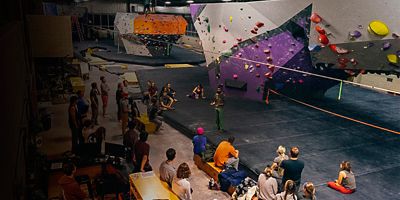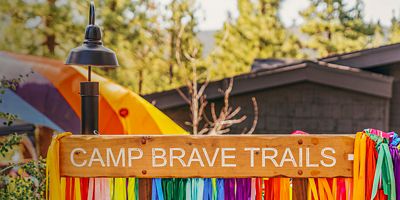In June 2022, leaders from five sovereign tribal nations united to make a positive and promising step forward with the federal government. The Bears Ears Inter-Tribal Coalition (BEITC)—composed of the Navajo Nation, Hopi Tribe, Ute Mountain Ute Tribe , Pueblo of Zuni, and Ute Indian Tribe—established a historic, cooperative agreement with the U.S. Forest Service and the BLM for the management of Bears Ears National Monument. Located in southeastern Utah, the monument covers more than 1.36 million acres of sandstone canyons and mesas rich with rock art, cliff dwellings and ancient fossil beds—sites that are sacred from a cultural perspective, but that also provide habitat for a wealth of sensitive animal and plant species, in addition to housing energy and mineral development potential (notably for uranium/vanadium, with low potential for for oil and gas), as well as a long list of world-class outdoor recreation opportunities.
Managing such vast lands marked by so many resources and overlapping interests is a huge proposition. Fortunately, the dry ink on the collaborative plan means that a tremendous amount of expertise and wisdom can drive more equitable management. Government agencies will have a say, organized and equipped to moderate public and commercial activity with conservation and preservation needs. But now the federal role is balanced and enhanced by the collective knowledge of the people indigenous to the region, who will bring thousands of years of land-management perspective and expertise to the table.
Historical Context
Bears Ears gets its name from two mesas that rise nearly 9,000 feet above the Utah desert. The monument includes upwards of 100,000 sacred sites, as well as an incalculable number of archaeological, paleontological and geological treasures. In addition to rock art (human-made markings), there are cliff dwellings, hogans, granaries, and more modern structures from the days of Westward expansion. Beyond that rich Indigenous history, the region is also home to farmers, ranchers, miners, and a year-round destination for climbers, rafters, and hikers.
The co-management agreement is a long overdue moment in the history of federal land management policy. The plan is unique in that it provides local tribes equal footing with federal agencies. The five tribes, whose ancestral lands make up Bears Ears, will have their voices accounted for in the planning and management of the monument referred to in their Native languages as Hoon’Naqvut, Shash Jáa, Kwiyagatu Nukavachi, Ansh An Lashokdiwe, all of which mean “Bears Ears.”



